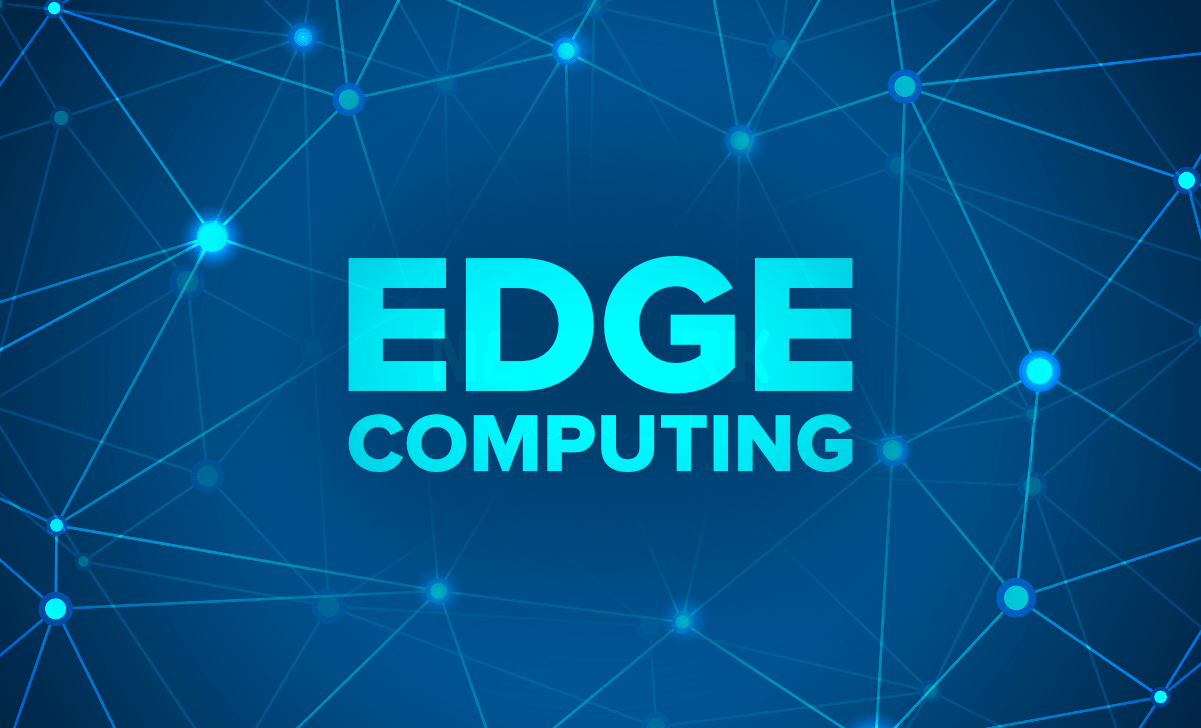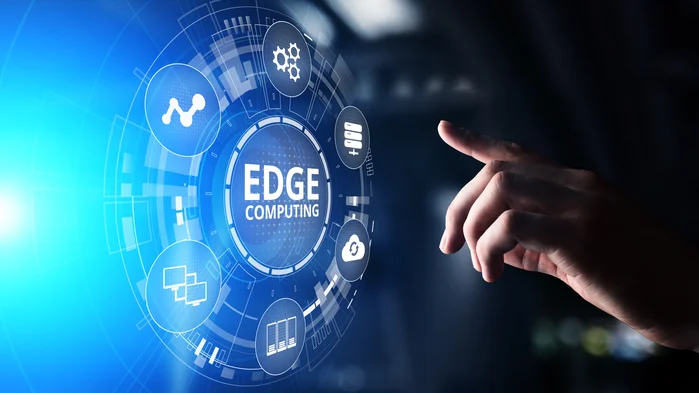Today, speed is everything in the digital world. In this scenario, the processing needs to be done in real time. That is where Edge Computing comes in. Performing its duties by processing data closer to the source, Edge Computing reduces latency and increases efficiency. An extension of cloud computing, edge computing is gaining momentum through most industries. Let’s dive into how this technology is rewiring the digital ecosystem.
1. What is Edge Computing?
With edge computing, the information will be processed more locally, closer to the device generating such information, rather than having to rely on a centralized data center. This proximity reduces the time taken for data to travel; thus, quicker decision-making is possible.
Key Benefits:
Lower Latency: Immediate processing of data raises efficiency in applications requiring real-time output, such as autonomous vehicles and smart grids.
Higher Security: By not transferring data over long distances, edge computing lessens the possibility of breaches during data transit.
Lower Bandwidth Costs: It minimizes continuous data upload to the cloud, hence reducing costs and preserving network bandwidth.
2. Key Use Cases of Edge Computing
a. Internet of Things (IoT)
Edge computing is going to save IoT devices that generate volumes of data. This includes smart home devices to industrial sensors; processing locally will lead to quicker actionable insights.
b. Autonomous Vehicles
The foundation of making split-second decisions rests on real-time processing of data. It is here that edge computing provides speed and reliability in terms of processing data from sensors and cameras directly in the vehicle.
c. Healthcare
Along with edge computing, wearable devices will be able to monitor patients in real time and analyze the data for better diagnosis and treatment plans without being constantly connected to the internet.
d. Retail and E-commerce
This is being used by retailers to learn about customer in-store behavior, optimize their inventory management, and offer personalized shopping experiences.
3. How Edge Computing Complements Cloud Computing
Where cloud computing offers the centroid of data storage and processing, edge computing brings that power closer to the user. This forms a hybrid model in which scalability through the cloud merges with the speed and efficiency of edge computing.
When to Use Which:
Cloud Computing: It finds its perfect application in tasks where large computational power, along with high storage space, is in demand-for instance, in data analytics or even complex applications. For example, it would find ideal applications in tasks needing large computational power along with high storage, such as in data analytics or massive applications.
Edge Computing: It comes into play where real-time operations may get highly affected due to latency.
Although it enhances security due to its local nature, edge devices are still vulnerable to attacks if their management and updating are not proper.
4. Interoperability Issues
The integration of edge computing with the current systems in some sectors, such as old infrastructure, is problematic.
5. The Future of Edge Computing
As a result of the need for the future to have processed data in real time, edge computing will be further developed. Among the developments in this field, the following should be expected:
5G Integration: Once the 5G networks are rolled out completely, edge computing will emerge even more capable and support faster, more reliable data processing.
AI at the Edge: Adding AI to the edge will enable even smarter and autonomous decision-making in industries related to manufacturing, healthcare, and so on.
Increased Adoption in Smart Cities: In managing traffic and being able to optimize energy consumption, improving public safety, and so on, edge computing is sure to play an important role in urban areas.
Conclusion
It enables innovation in industries by revolutionizing how data is processed and put to use. In addition, with businesses and technologies becoming increasingly data-driven, it will be impossible to be more competitive in this fast-changing digital landscape without the adoption of edge computing.




